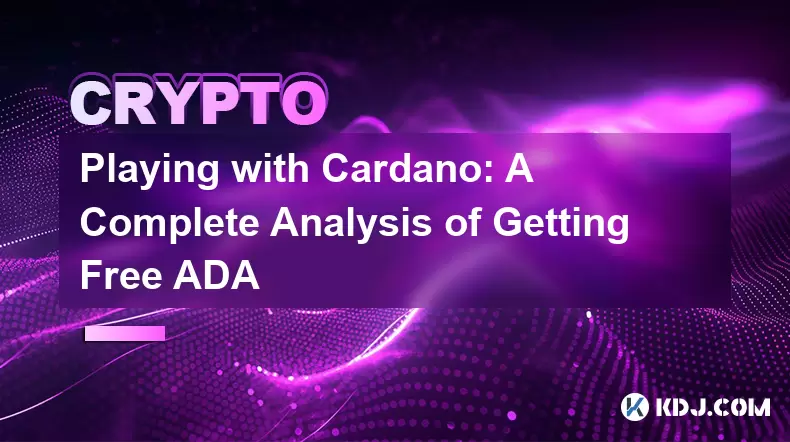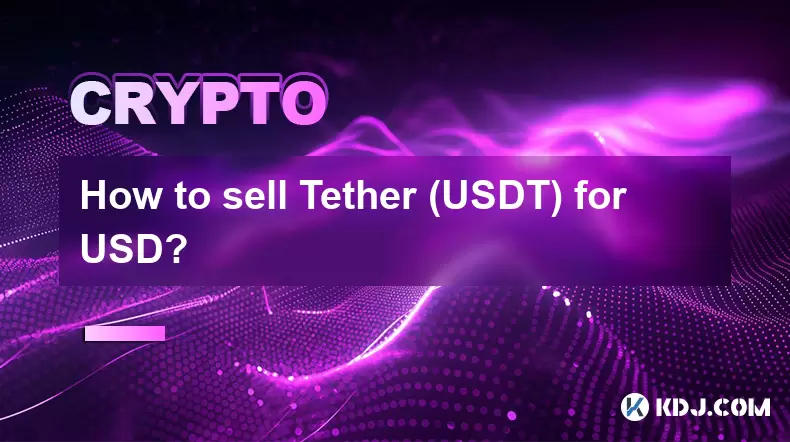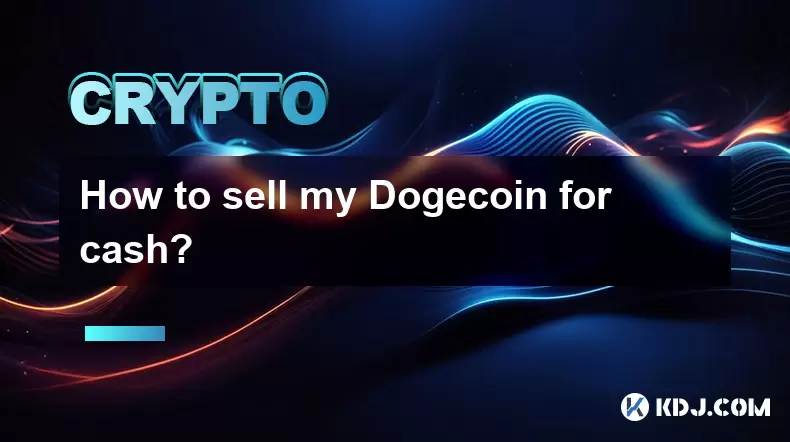-
 Bitcoin
Bitcoin $115100
1.27% -
 Ethereum
Ethereum $3675
2.71% -
 XRP
XRP $2.995
1.45% -
 Tether USDt
Tether USDt $1.000
0.02% -
 BNB
BNB $769.8
2.64% -
 Solana
Solana $168.0
3.25% -
 USDC
USDC $0.9999
-0.01% -
 TRON
TRON $0.3371
1.48% -
 Dogecoin
Dogecoin $0.2051
3.36% -
 Cardano
Cardano $0.7394
2.30% -
 Hyperliquid
Hyperliquid $38.15
0.42% -
 Stellar
Stellar $0.3966
-0.36% -
 Sui
Sui $3.486
2.93% -
 Chainlink
Chainlink $16.72
2.52% -
 Bitcoin Cash
Bitcoin Cash $568.0
4.36% -
 Hedera
Hedera $0.2440
2.59% -
 Ethena USDe
Ethena USDe $1.001
0.04% -
 Avalanche
Avalanche $22.16
2.06% -
 Litecoin
Litecoin $119.1
-0.73% -
 UNUS SED LEO
UNUS SED LEO $8.991
0.04% -
 Toncoin
Toncoin $3.232
-0.39% -
 Shiba Inu
Shiba Inu $0.00001233
2.82% -
 Uniswap
Uniswap $9.717
2.53% -
 Polkadot
Polkadot $3.664
1.85% -
 Dai
Dai $1.000
0.01% -
 Monero
Monero $281.2
-3.89% -
 Bitget Token
Bitget Token $4.350
1.55% -
 Cronos
Cronos $0.1428
5.07% -
 Pepe
Pepe $0.00001050
3.68% -
 Aave
Aave $262.3
3.54%
Playing with Cardano: A Complete Analysis of Getting Free ADA
To get free ADA, participate in airdrops, stake your ADA, use faucets, join referral programs, or engage in bounties and competitions within the Cardano ecosystem.
Jun 03, 2025 at 10:35 pm

Playing with Cardano: A Complete Analysis of Getting Free ADA
Cardano, known for its rigorous scientific approach to blockchain development, has garnered significant attention in the cryptocurrency community. As with many cryptocurrencies, the desire to acquire free ADA (Cardano's native token) is a common interest among enthusiasts and investors. This article will explore various methods through which individuals can obtain free ADA, providing a comprehensive analysis of each approach.
Airdrops: The Most Common Way to Get Free ADA
Airdrops are one of the most popular ways to acquire free cryptocurrencies, including ADA. They involve distributing tokens to the wallets of existing cryptocurrency holders, often as a promotional strategy to increase awareness and adoption of a new project.
To participate in an ADA airdrop, follow these steps:
- Research upcoming airdrops: Use websites like Airdrop Alert or CoinMarketCap to find scheduled Cardano airdrops.
- Create a Cardano wallet: If you don't already have one, download and set up a Cardano-compatible wallet such as Daedalus or Yoroi.
- Complete the necessary tasks: Most airdrops require participants to perform certain actions, such as joining a Telegram group, following a Twitter account, or sharing a post on social media.
- Submit your wallet address: Enter your Cardano wallet address on the airdrop's official website or through a designated form.
- Wait for the distribution: After the airdrop event concludes, the organizers will distribute the tokens to the registered wallet addresses.
It's important to be cautious and verify the legitimacy of any airdrop to avoid falling victim to scams. Always check the official Cardano channels for announcements and use reputable sources to confirm the authenticity of the airdrop.
Staking Rewards: Earning ADA Through Network Participation
Staking is another method to earn free ADA, albeit over time rather than instantaneously. Cardano uses a proof-of-stake (PoS) consensus mechanism, where users can stake their ADA to participate in the network's operations and earn rewards.
To start staking ADA, follow these steps:
- Choose a staking pool: Visit the Cardano staking pool website to find a pool that suits your preferences. Consider factors like pool performance, fees, and the pool's mission.
- Delegate your ADA: Use your Cardano wallet to delegate your ADA to the chosen staking pool. This process does not require you to transfer your ADA out of your wallet; you simply assign it to the pool.
- Earn staking rewards: As the pool validates transactions and creates new blocks, you will receive a portion of the rewards based on the amount of ADA you have delegated.
Staking is a relatively passive way to earn free ADA, as it requires minimal effort beyond the initial setup. However, it's essential to stay informed about the performance of your chosen pool and adjust your delegation if necessary to maximize your rewards.
Faucets: Small but Steady Streams of Free ADA
Cryptocurrency faucets are websites or applications that dispense small amounts of cryptocurrency, including ADA, to users for completing simple tasks. While the amounts received from faucets are typically minimal, they can accumulate over time.
To use an ADA faucet, follow these steps:
- Find a reputable ADA faucet: Search for Cardano faucets on search engines or crypto forums. Ensure the faucet has positive reviews and a history of reliable payouts.
- Complete the required tasks: Most faucets require users to solve captchas, watch advertisements, or complete surveys to receive ADA.
- Claim your ADA: After completing the tasks, you can claim your ADA directly to your Cardano wallet address provided during the process.
Faucets are not a significant source of free ADA, but they can be a fun way to engage with the Cardano community and earn small amounts of cryptocurrency.
Referral Programs: Earning ADA by Bringing in New Users
Some cryptocurrency platforms and services offer referral programs that reward users with free ADA for bringing in new users. These programs can be found on exchanges, wallets, or other Cardano-related services.
To participate in a referral program, follow these steps:
- Find a service with a referral program: Look for Cardano-related services that offer referral rewards. This could include exchanges like Binance or wallets like Yoroi.
- Sign up for the program: Register for the referral program and obtain your unique referral link or code.
- Share your referral link: Promote your referral link on social media, forums, or within your personal network to attract new users.
- Earn referral rewards: When someone signs up using your link and meets the program's requirements (such as making a deposit or completing a trade), you will receive a reward in ADA.
Referral programs can be a lucrative way to earn free ADA, especially if you have a large network or an active presence in cryptocurrency communities.
Bounties and Competitions: Earning ADA Through Skill and Engagement
Bounties and competitions are another avenue to earn free ADA. These are often organized by Cardano projects or community members to reward users for contributing to the ecosystem, such as through development, marketing, or community engagement.
To participate in bounties and competitions, follow these steps:
- Find available bounties and competitions: Check Cardano forums, social media channels, and project websites for announcements about ongoing or upcoming bounties and competitions.
- Review the requirements: Each bounty or competition will have specific tasks or criteria that participants must meet. These could include coding a feature, writing an article, or creating a video.
- Submit your work: Complete the required tasks and submit your work according to the guidelines provided by the organizers.
- Claim your reward: If your submission is accepted, you will receive the promised ADA reward directly to your wallet.
Bounties and competitions can be a rewarding way to earn free ADA while also contributing to the growth and development of the Cardano ecosystem.
Frequently Asked Questions
Q: Are there any risks associated with participating in ADA airdrops?
A: Yes, there are risks involved with airdrops, primarily related to scams. Always verify the legitimacy of an airdrop through official Cardano channels and reputable sources. Never provide sensitive information or transfer funds to participate in an airdrop.
Q: How long does it take to receive staking rewards on Cardano?
A: Staking rewards on Cardano are distributed every epoch, which lasts approximately five days. The exact amount and timing of rewards can vary based on the performance of the staking pool and the total amount of ADA staked.
Q: Can I use the same Cardano wallet for all methods of earning free ADA?
A: Yes, you can use the same Cardano wallet for participating in airdrops, staking, faucets, referral programs, and bounties. However, ensure that your wallet is secure and backed up to prevent loss of funds.
Q: Are there any tax implications for earning free ADA?
A: Tax laws regarding cryptocurrency vary by jurisdiction. In many countries, earning free ADA through methods like airdrops, staking rewards, or referral programs may be considered taxable income. It's advisable to consult with a tax professional to understand your obligations.
Disclaimer:info@kdj.com
The information provided is not trading advice. kdj.com does not assume any responsibility for any investments made based on the information provided in this article. Cryptocurrencies are highly volatile and it is highly recommended that you invest with caution after thorough research!
If you believe that the content used on this website infringes your copyright, please contact us immediately (info@kdj.com) and we will delete it promptly.
- HashFlare Founders Face the Music: Jail Time Looms?
- 2025-08-07 14:30:12
- Pepeto's Pounce: Meme Coin Mania Meets Blockchain Infrastructure
- 2025-08-07 15:10:12
- Parataxis, SPAC Merger, and Bitcoin Treasury: A New York Minute on Crypto's Latest Moves
- 2025-08-07 15:30:12
- Toshi on Binance.US: A Memecoin's Big Break
- 2025-08-07 14:30:12
- Bitcoin, SPAC Mergers, and Parataxis: A New Yorker's Take on Crypto's Wall Street Moment
- 2025-08-07 14:50:27
- Bitcoin, Collateral, and Loan Strategies: A New York Minute on the Future of Finance
- 2025-08-07 14:50:27
Related knowledge

How to sell Tether (USDT) for USD?
Aug 07,2025 at 03:29pm
Understanding Tether (USDT) and Its USD ValueTether (USDT) is a stablecoin designed to maintain a 1:1 value ratio with the United States Dollar (USD)....

How to sell my Bitcoincoin for cash?
Aug 07,2025 at 02:14pm
Understanding the Basics of Selling Dogecoin for CashSelling Dogecoin for cash involves converting your DOGE tokens into a fiat currency such as USD, ...

What is Chainlink (LINK)?
Jul 22,2025 at 02:14am
Understanding Chainlink (LINK): The Decentralized Oracle NetworkChainlink is a decentralized oracle network designed to bridge the gap between blockch...

What is Avalanche (AVAX)?
Jul 22,2025 at 08:35am
What is Avalanche (AVAX)?Avalanche (AVAX) is a decentralized, open-source blockchain platform designed to support high-performance decentralized appli...

What is Polkadot (DOT)?
Jul 19,2025 at 06:35pm
Understanding the Basics of Polkadot (DOT)Polkadot (DOT) is a multi-chain network protocol designed to enable different blockchains to transfer messag...

What is Litecoin (LTC)?
Jul 23,2025 at 11:35am
Overview of Litecoin (LTC)Litecoin (LTC) is a peer-to-peer cryptocurrency that was created in 2011 by Charlie Lee, a former Google engineer. It is oft...

How to sell Tether (USDT) for USD?
Aug 07,2025 at 03:29pm
Understanding Tether (USDT) and Its USD ValueTether (USDT) is a stablecoin designed to maintain a 1:1 value ratio with the United States Dollar (USD)....

How to sell my Bitcoincoin for cash?
Aug 07,2025 at 02:14pm
Understanding the Basics of Selling Dogecoin for CashSelling Dogecoin for cash involves converting your DOGE tokens into a fiat currency such as USD, ...

What is Chainlink (LINK)?
Jul 22,2025 at 02:14am
Understanding Chainlink (LINK): The Decentralized Oracle NetworkChainlink is a decentralized oracle network designed to bridge the gap between blockch...

What is Avalanche (AVAX)?
Jul 22,2025 at 08:35am
What is Avalanche (AVAX)?Avalanche (AVAX) is a decentralized, open-source blockchain platform designed to support high-performance decentralized appli...

What is Polkadot (DOT)?
Jul 19,2025 at 06:35pm
Understanding the Basics of Polkadot (DOT)Polkadot (DOT) is a multi-chain network protocol designed to enable different blockchains to transfer messag...

What is Litecoin (LTC)?
Jul 23,2025 at 11:35am
Overview of Litecoin (LTC)Litecoin (LTC) is a peer-to-peer cryptocurrency that was created in 2011 by Charlie Lee, a former Google engineer. It is oft...
See all articles

























































































